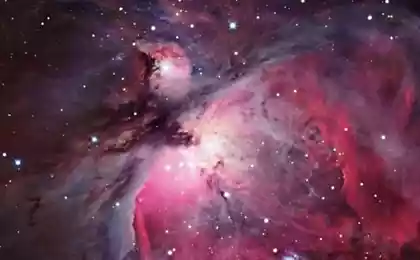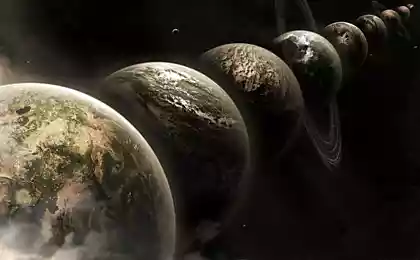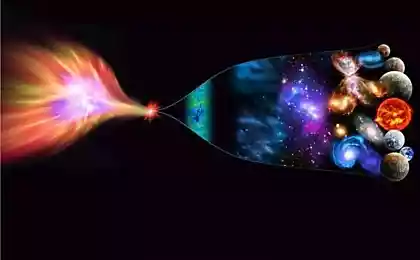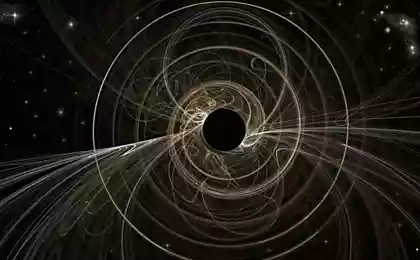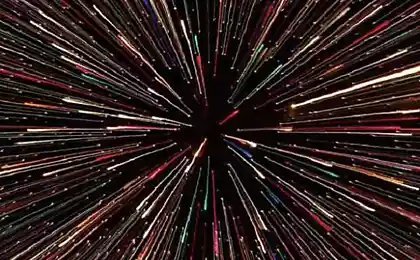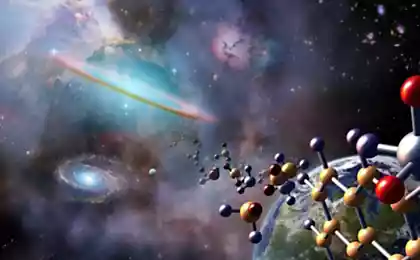477
Computer simulation of the Universe Illustris
An international group of scientists developed a computer model of the Universe simulating the evolution of matter from early times until the present time.
According to the established concept, our universe is 95% dark energy and dark matter. Modeling the dynamics of the remaining 5% of which belong to the ordinary – baryonic matter (mainly protons, neutrons, and electrons) has proved to be difficult.

The weekly journal Nature published the results of a numerical simulation of the formation of cosmic structures, reflecting both the large-scale distribution of baryonic matter and the change over time of its properties in a particular galactic system.
Tracking the evolution of the baryonic matter is complex: phenomena in a wide range of physical scales involved in the process of formation of galaxies and larger structures of the Universe. To cover a representative part of the Universe, cosmologists had to describe the volume of at least 100 million parsecs (326 million light years) in diameter. The natural scale of star formation is about 1 parsec, and the process of accretion of matter onto a black hole occurs even on a smaller scale. Numerical simulation has long been used to solve these problems. However, until now, even on the most powerful supercomputers, it was impossible to run a large enough simulation to simulate large-scale distribution of gas, stars and dark matter, while maintaining the necessary level of detail to adequately reflect the individual galaxies.
Dubbed the Illustris model contains more than 10 billion individual cells, reflecting the gas in the simulated volume, which is approximately an order of magnitude more than had her predecessor. The simulation starts from the time of 12 million years after the Big Bang and evolving to the current era. In your code, the researchers used a new method for solving the equations describing the evolution of baryonic matter in the cosmic structures. In their model, the scientists have covered a wide range of physical phenomena, including cooling gas, the evolution of stars, the flow of energy from supernova explosions, production of chemical elements, the accretion of matter onto supermassive black holes. Together these phenomena, nonlinear influencing each other, led to the evolution of the observable Universe.
Run the simulation took approximately 16 million hours of CPU time is nearly two thousand years of one personal computer. The end result of the model is strikingly similar to that of the observable Universe. The results of simulation of ultra-deep observations of the cosmos in Illustris can be easily confused with the real Universe, obtained through ultra deep survey Hubble (Hubble Ultra Deep Field). Image originated in the virtual Universe of galaxies is surprisingly realistic previously this was only possible in the simulation of individual galaxies. It's not just about the visual similarity, a wide range of quantitative indicators consistent with the observations of the real Universe.
Illustris, however, does not mean the end of improving cosmological models of galaxy formation. Computing the model volume is still not large enough for the simulation of rare cosmological objects, including black holes in the early Universe. The level of detail is insufficient to study the faint galaxies, such as those that surround the milky way. Star formation in low-mass galaxies in Illustris occurs earlier and faster than in the real Universe. All this still needs solving. Still a distant dream – the opportunity to achieve the scale necessary for direct modeling of star formation in simulations spanning thousands of galaxies like the milky way.
Source: nkj.ru



